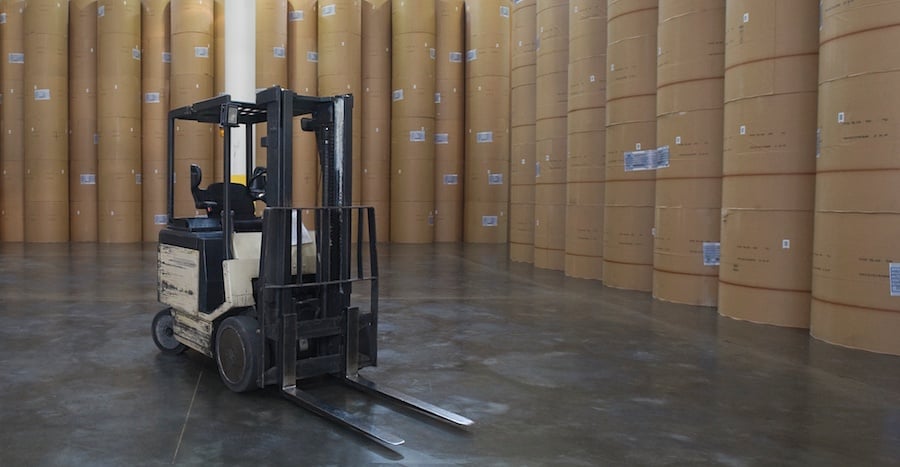
If you work in manufacturing or distribution, it’s no secret business logistics costs have been on the rise. While these costs have risen, however, optimization has allowed for them to stay steady alongside the logistics industry growth.
How?
It is all in the supply chain.
You must dissect every piece of your supply chain network design to determine how to reduce costs and increase efficiencies. Every supply chain is different, but you can reduce costs immediately if you optimize these three areas in your supply chain network design:
Transportation Costs
Leading off, transportation costs are typically the biggest contributor related to getting product to your customers. According to the 2014 26th Annual State of Logistics, the trucking industry reached nearly 100% of capacity, with rail to air freight approaching similar restraints. The capacity reached and rising costs (3.6% in 2014) help to show how optimization is the only way to reduce transportation costs.
To start, you have to take a good evaluation of transportation needs. Ask yourself:
- What am I shipping?
- What’s the best mode of transportation?
- Where should I be shipping from?
- Can I consolidate shipments to a less cost/mode (Parcel to LTL, LTL to multi-stop truckload)?
- Am I getting the best prices from my carriers?
Use a network optimization analysis to answer these questions and then determine the optimal location of distribution centers relative to plants, suppliers, and customer demand to reduce miles (helping to avoid one of the 3 deadly sins of warehousing).
All in all, optimizing your transportation costs really comes down to choosing the best transportation network for the product, the right locations, and the number of sites being utilized—don’t spread too thin or cram too much work to a site.
Inventory Carrying Costs
Optimizing your inventory reduces variability. Avoid any surprises or variations by making sure inventory is stored and replenished in cost-effective and consistent cycles. Take into account demand variability, service level requirements, and cycle times associated with manufacturing and transport to calculate proper safety stock levels. Keep it at the lowest possible (though safe) levels to avoid unnecessary warehousing costs. You’ll need to find the balance of having the right amount of safety stock without having so much that you waste space and resources.
Ideal warehouse inventory maintenance requires you to sit in a constant state of not too much, and not too little (just like transportation network optimization). Analytical tools that tie in your transportation network and inventory management will ultimately deliver the best performance.
Distribution Center Operating Costs
Warehousing costs make up an estimated 30% of carrying costs—a whopping percentage of the overall cost to any 3PL organization. Minimize these costs and optimize your distribution centers to make a huge impact on the bottom line.
Insights and experience in this sector will really help determine the ideal number of distribution centers and their locations for your organization. Kenco has been in business since 1950, so we have a tried-and-true process that works for us—though it may not work for every organization.
To find your process, set a baseline of current operations. Then, split your network into two parts—one that works to cut distribution center costs and the other to emphasize service. The two sides will work against each other, and that is the point. Find the compromise between the two for the best results.
To Sum It All Up
Supply chain network optimization isn’t a new concept––things like Six Sigma have been around for years––but knowing where to look for opportunities within your supply chain and how to optimize it makes all of the difference.
If you’re looking to optimize your supply chain network with the help of a 3PL, check out our Selecting and Managing a 3PL eBook. In it, we discuss the best practices to find a 3PL that best fits your needs.
{{cta(‘ac56a9fb-7647-4058-b69d-ff3e7acf5183’)}}
